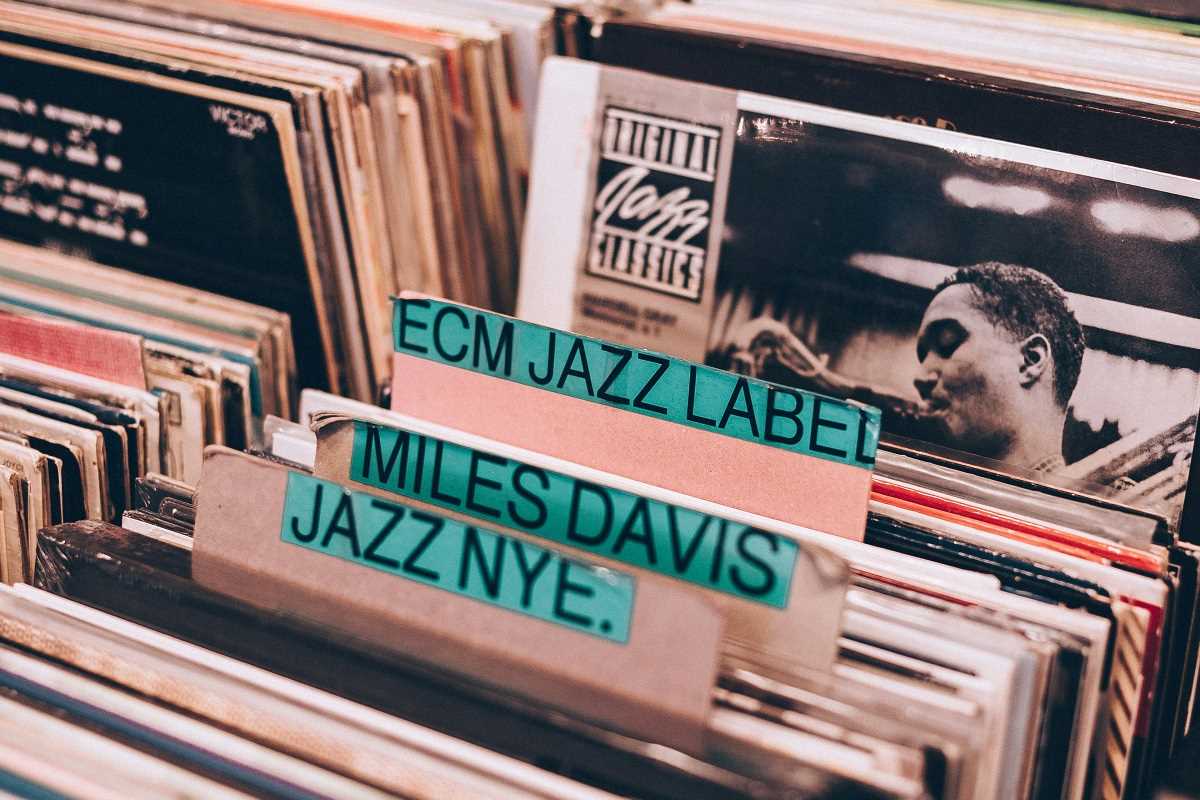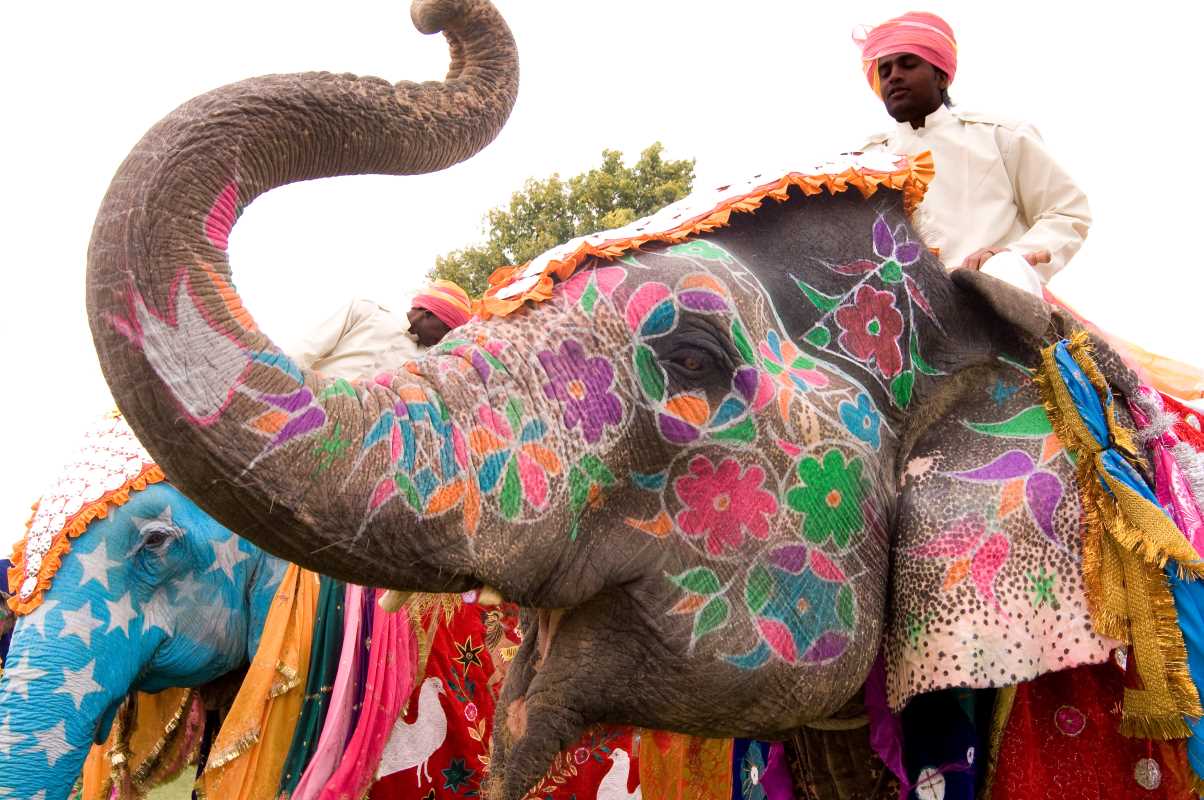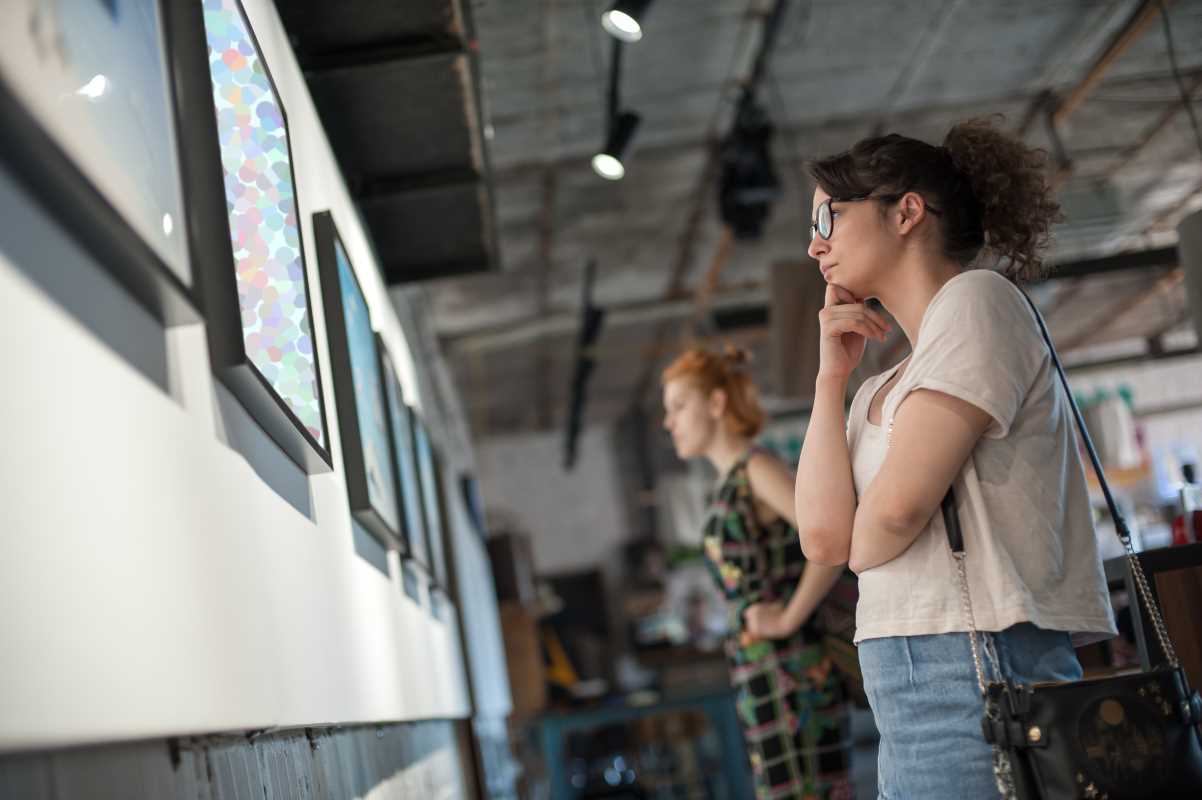Over the past decade, vinyl records have surged back into popularity, defying the dominance of digital streaming and other modern music formats. Once a relic of the past, vinyl has found new life as a cultural phenomenon, appreciated by both music enthusiasts and casual listeners alike. This revival isn't just a passing trend—it’s a movement fueled by nostalgia, a unique auditory experience, and a desire for tangible connections in an increasingly digital world. From new releases by contemporary artists to reissues of timeless classics, vinyl has proven that sometimes, old-school really is better.
Nostalgia Meets Modern Appeal
One of the driving forces behind vinyl’s resurgence is nostalgia. For older generations, vinyl represents a return to the music format of their youth, evoking memories of flipping through record stores, dropping the needle, and feeling the warmth of analog sound. For younger generations, however, vinyl offers something entirely new—a chance to experience music in a way they’ve only heard about. It serves as a bridge to the past, a way to engage with the cultural history of music in a deeply personal and tactile way.
The cultural cachet of vinyl has also been bolstered by its retro aesthetic. A record collection, with its colorful album art and vintage feel, has become a trendy addition to any room, blending seamlessly with the resurgence of mid-century modern décor and analog appreciation. And in a social media-driven era, owning vinyl offers a certain "cool" factor. Platforms like Instagram and TikTok are filled with posts showcasing record players spinning limited-edition pressings or curated collections, adding to vinyl’s allure as a cultural symbol.
The Tangible Experience
Unlike streaming, which offers instant music at the click of a button, vinyl provides a more intentional and immersive experience. There’s something deeply satisfying about the tactile rituals associated with vinyl records—the weight of the record in your hands, the act of gently placing it on the turntable, and the sound of the needle dropping into the groove. These small, deliberate actions make listening to music feel like an event rather than background noise.
The tangible nature of vinyl also extends to its packaging. Album covers are works of art in themselves, often featuring stunning illustrations, photography, or graphic design. Gatefold sleeves, liner notes, and hand-written lyrics offer a level of physical intimacy that digital formats simply can’t replicate. Vinyl collectors often speak of the joy of unboxing a new record or discovering a hidden gem in a thrift store—an experience that goes beyond the music itself.
Additionally, vinyl fosters a deeper connection to the music. Unlike a playlist that can be endlessly skipped or shuffled, records encourage listeners to consume an album the way the artist intended—from start to finish. This focus on the "album experience" resonates in a way that streaming often fails to duplicate.
Superior Sound Quality
For audiophiles, vinyl isn't just about nostalgia or aesthetics—it’s about sound. Vinyl records offer a warm, rich, and textured listening experience that digital formats often lack. This warmth comes from the analog process itself; unlike digital music, which is compressed into digital bits, vinyl captures the full range of a song’s sonic details. Instruments like guitars, pianos, and even vocals often sound fuller and more dynamic on vinyl because they're free from the flattening effects of digital compression.
While it’s true that vinyl can be prone to pops and crackles, many listeners find these imperfections endearing—a reminder that the music is coming from a physical groove rather than a digital file. Modern vinyl pressing techniques have also improved dramatically, offering cleaner sound and higher fidelity.
The resurgence of vinyl coincides with a backlash against overly compressed music in the digital age, where the “loudness wars” have made many recordings sound harsh or distorted. Vinyl, by contrast, often prioritizes musical depth and nuance, allowing listeners to hear subtle details that might go unnoticed on a standard MP3 or streaming track.
The Role of Artists and Collectors
Contemporary artists have embraced vinyl as both a nod to tradition and a way to stand out in the crowded music market. Many musicians now release their albums on vinyl alongside streaming and digital formats, with some even prioritizing vinyl as their flagship release. This trend is particularly strong among indie artists and bands, who see vinyl as a way to connect with their fans on a deeper level.
Artists often go the extra mile with their vinyl releases, producing limited-edition pressings, colored vinyl, or custom artwork. For example, Taylor Swift’s Midnights album was released in various vinyl editions with unique aesthetic designs, fueling excitement among her fans and collectors. These special editions elevate vinyl from a simple music format to a collectible art piece, further driving its appeal.
At the same time, the vinyl revival has been buoyed by collectors, who view records as investments or treasures to be cherished. Websites and forums dedicated to record collecting have created robust communities where enthusiasts can trade, discuss, and showcase rare finds. Events like Record Store Day, an annual celebration of independent record stores and exclusive vinyl releases, have become cultural phenomena, drawing both seasoned collectors and newcomers.
Vinyl in the Digital Age
Perhaps surprisingly, vinyl’s comeback has flourished alongside the dominance of digital technology. While streaming platforms like Spotify and Apple Music offer unparalleled access to an almost infinite library of songs, this convenience has led some listeners to seek out more meaningful and deliberate ways to enjoy music. Vinyl provides an antidote to the fleeting, disposable nature of digital streaming—it’s durable, analog, and deeply personal.
The broader trend of analog appreciation has also influenced vinyl’s revival. From film photography to typewriters and mechanical watches, there’s been a growing interest in items that feel authentic and enduring in a highly digital world. Vinyl records fit neatly within this trend, offering a tactile and sensory experience that digital music simply can’t replicate.
Advancements in technology have even complemented vinyl’s resurgence. Online platforms like Discogs and eBay have made it easier than ever for collectors to buy, sell, and trade records. Similarly, modern turntables have embraced contemporary features, such as Bluetooth connectivity, allowing vinyl to coexist seamlessly with digital setups.
The Influence on the Music Industry
The vinyl revival has reinvigorated parts of the music industry that were once thought to be in decline. Independent record stores, which had been overshadowed by digital sales, have seen a resurgence, becoming vibrant cultural hubs once again. The demand for vinyl has also led to an increase in pressing plants and a renewed focus on high-quality production—an industry that had been shrinking for decades.
For artists, vinyl sales now provide a significant revenue stream. While streaming pays fractions of a penny per play, vinyl offers fans a chance to directly support musicians in a more tangible and lucrative way. This shift has benefited not just mainstream artists but also smaller, independent creators who rely on dedicated fanbases.
Vinyl has also helped preserve the historical context of music. Reissues of classic albums, complete with original artwork and liner notes, ensure that music from past decades remains accessible to new generations. Albums like Fleetwood Mac's Rumours or Pink Floyd’s Dark Side of the Moon continue to sell in high numbers on vinyl, proving that some music truly stands the test of time.
A Lasting Revival
The return of vinyl records isn’t just a passing fad—it’s a rebirth grounded in deep emotional, cultural, and artistic appeal. By combining nostalgia, superior sound quality, and a tangible connection to music, vinyl offers something no other format can replicate. It taps into a collective yearning for authenticity in an age dominated by convenience and screens, creating a sense of ritual and intimacy that resonates deeply with listeners.
Whether you’re a seasoned collector preserving rare pressings or a newcomer discovering the joy of dropping the needle for the first time, vinyl records represent more than just music—they’re a celebration of artistry, craftsmanship, and the timeless wonder of sound. With its continued growth, there’s no doubt that vinyl has earned its place in the modern music landscape while reminding us of the value of slowing down and truly immersing ourselves in every note.
 (Image via
(Image via





